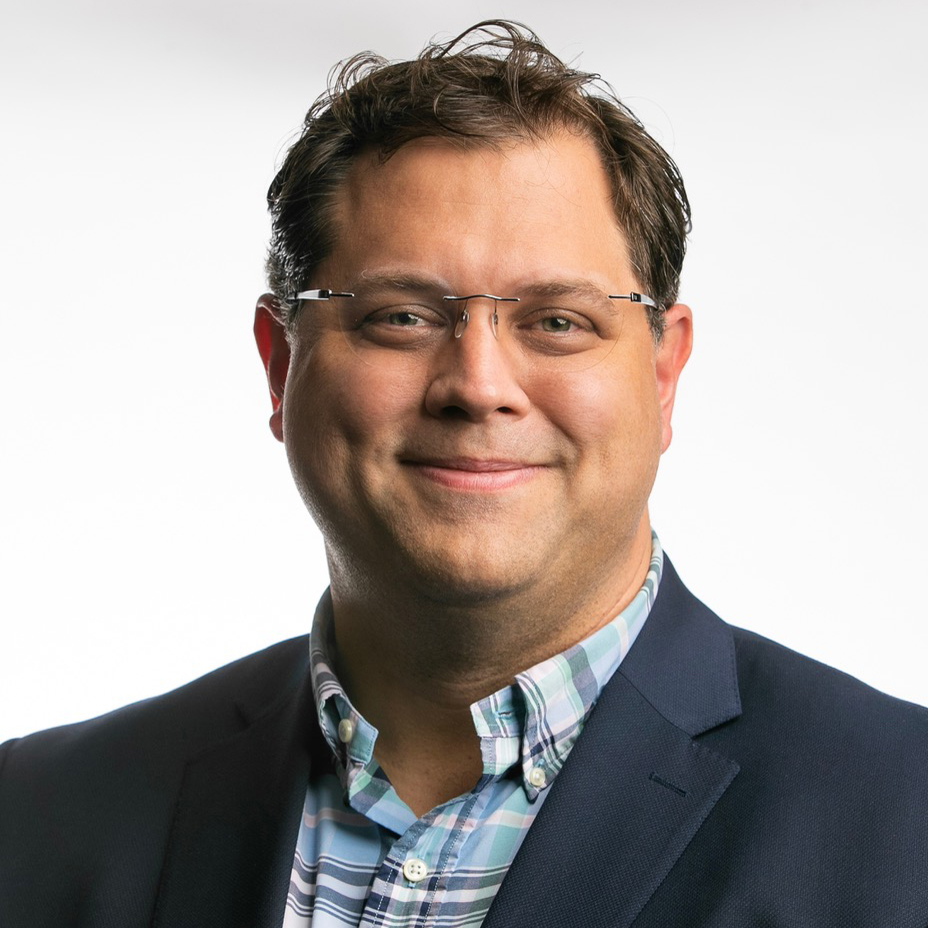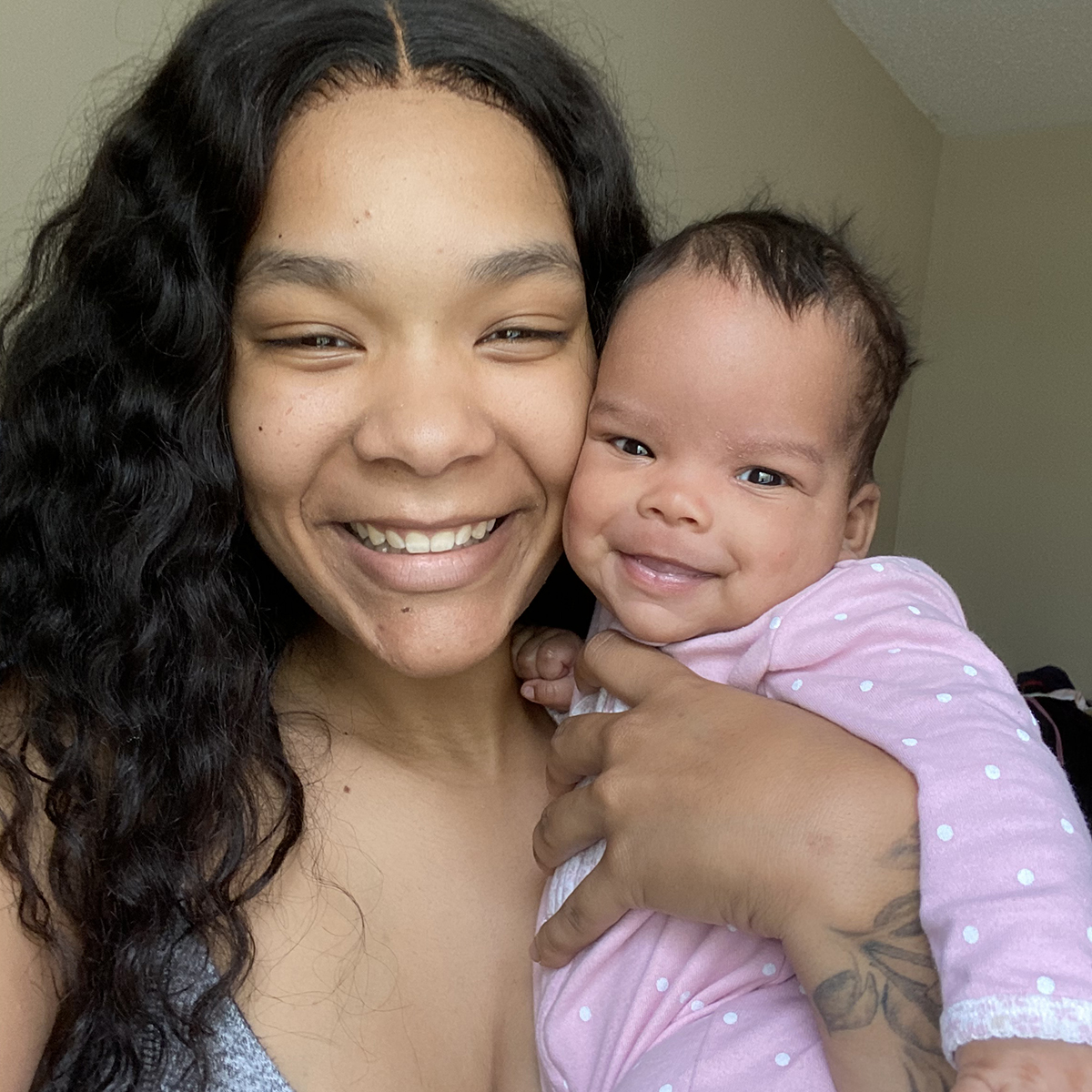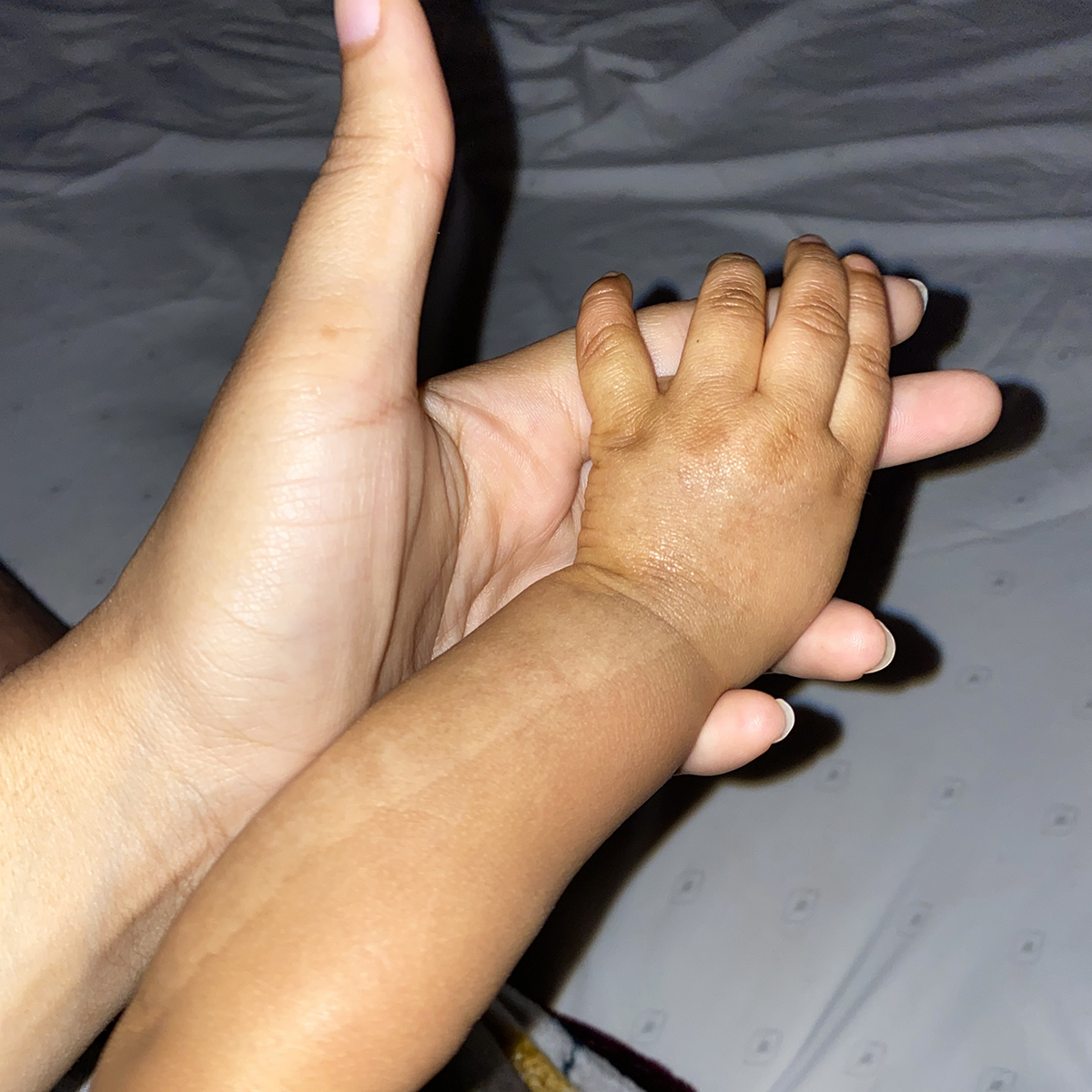LSU Health New Orleans Surgeon Develops Spray-on Skin Technology for Burns, Wounds, Lowering Mortality Rate
January 18, 2022
By developing a new burn and wound care technology, known as spray-on skin, and increasing coordination between hospitals and emergency services across Louisiana, an LSU Health New Orleans surgeon has helped reduce the length of hospital stays and the mortality rate from burns by more than half in several parishes.

The spray-on skin technology Dr. Jeffrey Carter at LSU Health New Orleans has helped develop, called ReCell, has already led to better outcomes and savings for both patients and the healthcare system in Louisiana.
– LSU
Baton Rouge—Dr. Jeffrey Carter, associate professor of surgery at LSU Health New Orleans School of Medicine, didn’t consider crawfish and the local tradition of boiling them around Easter when the decision was made to open their new Burn Center, part of University Medical Center, in late March 2018. But as its medical director, he filled every bed with patients on their first day open, as 80-quart pots with spicy seafood boil accidentally tipped over at homes in the area, cooking not just crawfish, but skin.
Last fall, during Hurricane Ida, the Burn Center reached capacity again. As residents
fired up generators, their sole source of power for days or weeks, some of which exploded
or had fuel catching on fire, 41 people with severe burns ended up in Dr. Carter’s
and his team’s care.
Only a week later, Jazmyne Sylve arrived. She was pregnant and suffered severe burns
from an exploding propane grill outside her apartment complex in Slidell, as did her
partner and 6-month-old baby. Almost 40% of Sylve’s body was burned, including both
legs, and since the risk of dying from a burn is calculated by adding the burn percentage
to the patient’s age, her odds were not good.
Even if she survived, Sylve was expected to remain at the hospital for a minimum of three months, according to national statistics. What Sylve didn’t know, however, is that Dr. Carter had spent over a decade developing a new technology for burn and wound care, performing some of the first compassionate-use surgeries (using experimental technologies to save lives that otherwise would be lost) using spray-on skin in Louisiana even before the technology received FDA approval in 2018. It’s now commercialized under the name ReCell.
“If they’d had to rely on skin grafts to heal my burns, which is the traditional method and the only method most doctors know about, I would have had a 1-in-2 chance of coming out of that, and since I was pregnant, so did my baby.”
Jazmyne Sylve
Thanks to the work of Dr. Carter, his team, and the new spray-on skin technology, Sylve recovered quickly and was able to leave the hospital, along with her family, in three weeks.
“Without ReCell, I would probably still be in the hospital right now,” Sylve said last month, as she was getting ready to celebrate the holidays with her family. “If they’d had to rely on grafts, they would have had to strip my whole back to do it, and instead of 8-10 hours, my surgery took 2-3 hours. My left leg was all ReCell, and unless you look closely, you can’t tell I was burned at all.”
Her experience is not uncommon, according to Dr. Carter.

Jazmyne Sylve suffered burns on almost 40% of her body when a propane grill exploded outside her apartment complex in Slidell last September. Her partner and 6-month-old daughter, Autumn, were also badly burned. Sylve was primarily treated with Recell, a new spray-on skin technology developed by LSU Health New Orleans’ Dr. Carter and his team, while Autumn received only ReCell. Four months later, the family is doing well, considering that Sylve’s chance of survival—without the new technology—was less than 50%.
– Photo courtesy of Jazmyne Sylve
Part of the savings come from getting patients to the right place for the right care. By working with the state and the Louisiana Emergency Response Network (LERN), which manages care coordination for critically injured Louisianans, Dr. Carter is helping to make sure burn victims are routed directly to the nearest burn center—to New Orleans, Baton Rouge, Lafayette, or Shreveport—instead of to nearby emergency rooms. He’s also working with the Louisiana Department of Health on designing and delivering burn kits to first responders, so people with minor burns—including fire fighters—can get immediate treatment and avoid trips to emergency rooms and burn centers. The goal is to get burn victims faster and better care, but also increase disaster capacity and preparedness across the state.
“Half of all burn transfers, from one place to another, are actually not needed,” Dr. Carter said. “The challenge is that few medical professionals have education on burns and get really scared when they get a burn patient, so they just ship them off, and those transfers are expensive and delay care.”
“ Using ReCell, we’ve been able to cut recovery times in half by accelerating healing and also reduce the hospital stay for all Louisiana burn patients by three days,” Dr. Carter said. “This means less suffering, less risk for complications and infections, and significant savings for both the patients and the state—at least $9 million over three years. ”
Dr. Carter trains at least a dozen other doctors each month on burns and on using the spray-on skin technology, which he began developing more than 10 years ago under a grant from the Armed Forces Institute of Regenerative Medicine, or AFIRM. (He does not make money from the training nor the technology, however, since he, as all LSU faculty and staff, is a state employee. Instead, he routes proceeds charity.)
“What’s great about burn research is that it translates very quickly,” Dr. Carter said. “While most trauma research in the civilian world doesn’t translate well to the military, where explosions and penetrating injuries are more common, burn research does.”
Research translation is not only about relaying content, however. It’s also about educating people on how to use new technology; when, where, and why.
“Education on how to treat burns is key,” Dr. Carter continued. “We can create new technologies, but if we don’t do the education, they don’t have an impact.”
When the Burn Center at University Medical Center in New Orleans opened in 2018, the mortality rate from burns in the surrounding parishes (Orleans, Jefferson, St. Bernard, and Plaquemines) was 7.9%, more than double the national average. Within two years, Dr. Carter and his team got the number down to 3.6%.
“People in this region were twice as likely to die—a huge testament to the unmet needs in this part of the country—and today, we’re actually doing better than most,” Dr. Carter said. “We’ve also made spray-on skin part of our hospital standard of care, so it’s offered to all patients who could benefit from it, regardless of insurance status or ability to pay. In fact, we’ve been able to stay profitable simply by taking care of everybody. That’s because our average cost per patient has gone down, by getting people home faster.”

“Thankfully, my baby will never know she was even in an accident until we tell her,” Sylve said about her daughter Autumn. “You wouldn’t even know it happened.”Burn injuries can be particularly challenging for people with brown skin as the pigmentation often is lost in the healing process. Using the spray-on skin technology, however, LSU’s Dr. Carter and his team have been able to help patients get their color back.
– Photo courtesy of Jazmyne Sylve
Spray-on skin is created by taking a small sample of a person’s healthy skin, big as a thumbnail and thinner than a one-dollar bill, and allowing enzymes to separate the top layer of the skin, the epidermis, from the layer underneath, the dermis. Between these layers are progenitor cells, a kind of stem cell that can replicate into different types of cells. When progenitor cells are put into a solution that’s sprayed over open wounds or burns, they replicate quickly, creating new skin.
While burn surgeons used to have to rely on same-sized grafts—such as a piece of skin the size of a hand to heal a burn the size of a hand, 1:1 ratio, thus creating another wound that can cause pain, infection, and scarring—the ReCell technology allows for a ratio closer to 1:80 and the spray-on skin solution can be applied to donor sites for grafts and ReCell samples as well.
In good American fashion (the innovation behind spray-on skin was originally patented by an Australian researcher, Dr. Fiona Wood), Dr. Carter has further “supersized” the technology. Initially used to treat an area of skin smaller than a sheet of paper, Dr. Carter and colleagues are teaming up to use several ReCell kits at once during one single surgery—not multiple surgeries—to treat up to 75% of a patient’s skin.
The New Orleans Burn Center has become a national leader in research on burns and their care. Dr. Carter’s team is currently engaged in nine funded research projects. One of them is a $90-million multicenter effort to develop a multispectral camera system in combination with artificial intelligence, or AI, to help with burn patient triage. It’s funded by the Biomedical Advanced Research and Development Authority (BARDA) and Dr. Carter is the principal investigator, working with an LSU engineering alumnus, Sean King, on the hardware development.
“Most doctors cannot look at a burn and tell whether it requires surgery or will heal on its own,” Dr. Carter said. “They’re right about 50-60% of the time, which is not much better than a coin flip, or just guessing. Burn surgeons do better, but not great. We’re right about 75% of the time, which means that one-quarter of our patients either get surgery when they don’t need it, or don’t get surgery when they do need it. As a result, we delay recovery and put some at additional risk of infection and complications.”
“It’s like taking a basic science lab and bringing it into the operating room.”
Dr. Jeffrey Carter
By developing AI to recognize patterns in images taken with both visible and invisible (infrared) light and then correlating those patterns with known outcomes whenever surgery wasn’t performed—the patient healed, or didn’t heal—the researchers have already reached 91% accuracy. They haven’t allowed the AI to tell them what to do yet, however—they’re still in the training phase, hoping to achieve even greater accuracy.
“The future of this technology is amazing,” said King, who graduated from LSU with a master’s degree in mechanical engineering in 2018 and now works for SpectralMD in Texas in partnership with Dr. Carter. “It’s going to save hospitals and patients a lot of time and a lot of money. It’s a win-win for everybody.”
“When you work with burn patients, you also know this—they don’t like to be touched,” Dr. Carter added. “So, any technology that doesn’t contact the patient and also doesn’t expose them to lasers or ionizing radiation while assuring better outcomes is ideal.”
The camera system he and his colleagues are building will be roughly the cost and size of an ultrasound cart, available in most urgent care settings.
Another project involves using ReCell, but in a new way, to treat hernias. These form when organs or internal tissue break through a hole in the muscles, such as in the abdomen. Hernia repair is one of the most common types of surgery with more than 1 million performed each year in the United States. Using the ReCell system’s ability to remove the top-most layer of skin and the progenitor cells underneath (which otherwise could begin growing new skin inside the body), surgeons get a clean piece of dermis to help patch the weakened region of tissue. A provisional patent for the technology was filed last year, and a colleague of Dr. Carter’s, Dr. Herb Phelan, professor of surgery at LSU Health New Orleans and surgical critical care specialist at University Medical Center, recently received a LIFT2 grant from the LSU Board of Supervisors to further advance the technology.